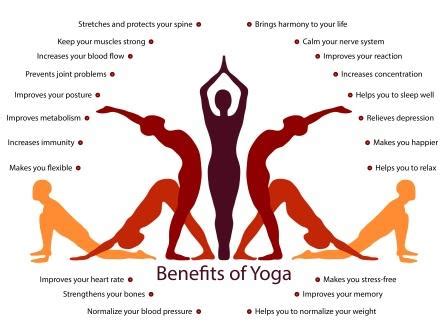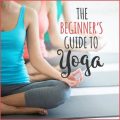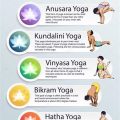Essential Yoga Guidelines for Beginners: 5 Key Rules to Start Your Practice
Yoga is a transformative practice that blends physical, mental, and spiritual disciplines. While it’s popular worldwide, beginners often face challenges as they start their journey. To help you ease into this ancient practice, we’ve compiled five fundamental rules that will guide your approach. By adhering to these guidelines, you can experience the full benefits of yoga without getting overwhelmed. Whether you aim to improve flexibility, boost mental clarity, or simply relax, this article provides the essential foundations for beginners.

1. Understand the Basics: Focus on Proper Form and Alignment
One of the most critical aspects of yoga is mastering the proper form and alignment in poses. Misalignment can lead to injury and negate the benefits of the practice. Start slow and focus on learning the foundational poses like Mountain Pose (Tadasana), Downward Dog (Adho Mukha Svanasana), and Child’s Pose (Balasana).
- Tip 1: Use props like blocks, straps, or a wall to assist with balance and alignment.
- Tip 2: Focus on posture over flexibility. It’s better to have a safe, solid stance than to overstretch.
- Tip 3: Take beginner classes where instructors break down poses and offer modifications.
2. Prioritize Breathing: Practice Breath Awareness (Pranayama)
In yoga, breathing is just as important as the physical poses. The practice of breath control, known as Pranayama, helps you stay present, enhances flexibility, and reduces stress. Breathing in sync with your movements helps the body move more smoothly through poses and improves overall flow.
- Tip 1: Start with basic breathing exercises such as Ujjayi Breath or Alternate Nostril Breathing (Nadi Shodhana).
- Tip 2: Pay attention to your inhales and exhales as you move through your poses. This will ground your practice.
- Tip 3: Use breath to enhance stretches. As you exhale, allow your body to sink deeper into the posture.








